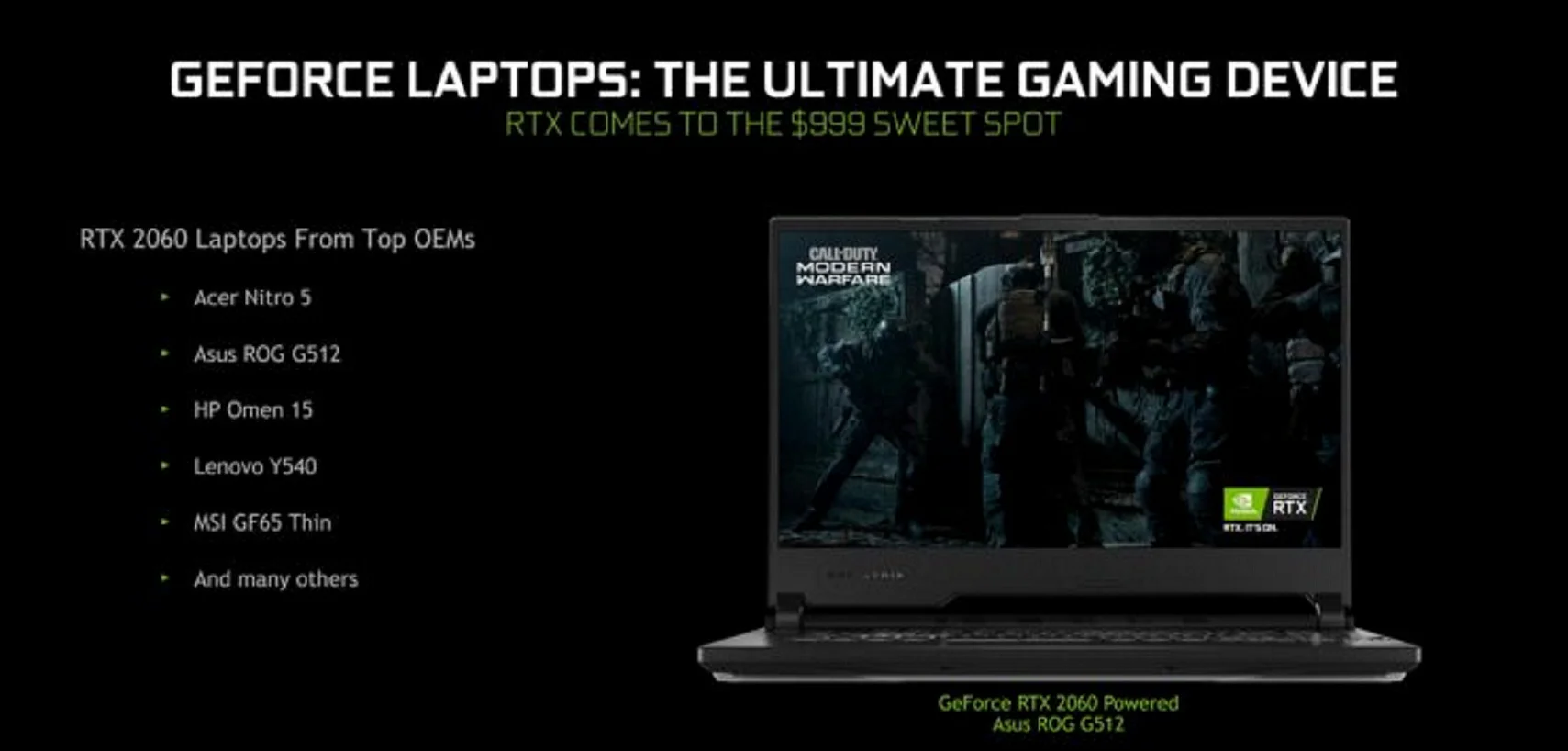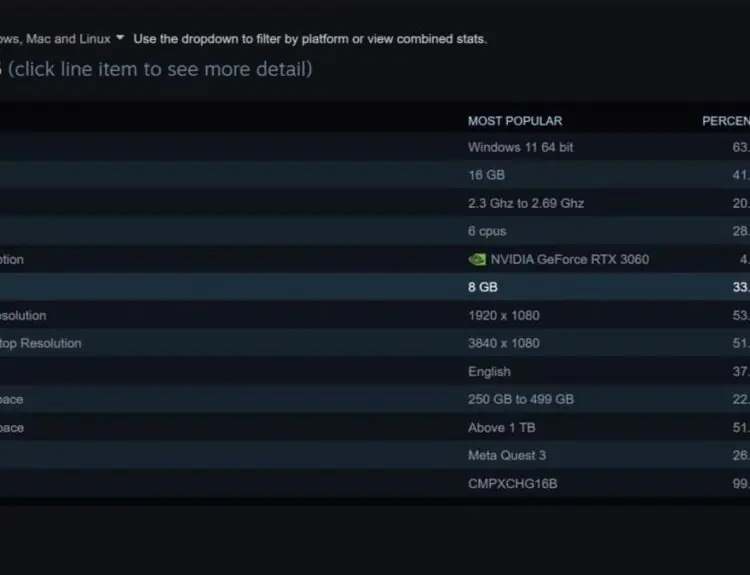Alas, NVIDIA has made plans to rebuild its entire orbit of GeForce laptops, as the company made this announcement in an e-briefing that was attended by Wccftech.
According to what was discussed in the e-briefing, there would be a substantial number of over a hundred GeForce laptops debuting this month—precisely from April 15th—from top-recognized ‘OEMs’, with firm promises of more performance at every price point.
They also said prices would start at $699, however not all, RTX support— which will have the 2070 SUPER and 2080 SUPER GPUs at the high-spectrum—would have its price start from $999.
It’s a reboot of the entire lineup, as shown in their recent tweet below, and those who have been waiting for a 300Hz display can rest knowing there would be over 25 design options to choose from, one to look out for being the new Razer Blade.
Announcing the next lineup of award-winning GeForce laptops! 🏆💻
Open powerfully thin designs to level-up gaming performance and accelerate creativity, whether you are working or relaxing at home.
Learn more → https://t.co/YuMiUlpxGZ pic.twitter.com/LmTLONeAZj
— NVIDIA GeForce (@NVIDIAGeForce) April 2, 2020
How about its Dynamic Boost?
According to Wccftech, one key goal for these Max-Q GeForce laptops is its ability to run on duo efficiency across the board. And this feat can only be pulled off through a series of technologies with Dynamic Boost as the first of its kind.
I am guessing this has always been NVIDIA’s plan, a way to balance power in real-time per frame, between the GPU and CPU. Typically, both CPU and GPU share thermals, this means they’d also share a heat pipe.
However, the problem with that approach is it has a drawback on its performance due to having different workloads. The point is it varies from game, settings, and also scenes of the same game with the same settings.
Based on NVIDIA’s findings, shared thermals disallow this kind of gridlock the system is battling with, be it GPU or CPU, per time.
With that being said, the purpose of Dynamic Boost is here to solve that problem entirely by monitoring every single frame through a bunch of telemetry data that identifies the current gridlocks, so it utilizes each watt efficiently.
As a result of this boost, the GPU gets an additional free performance that ranges between 6% and 10%.
Also, NVIDIA clearly stated that at launch, a significant number of Max-Q GeForce laptops with Dynamic Boost would feature support for AMD CPUs and Intel CPUs. Speaking of which, NVIDIA’s representative stressed on how the company is excited about AMD’s soon to release Renoir CPUs and also the possibility of Dynamic Boost feature on AMD’s laptops.
Note that the Dynamic Boost can only be controlled on next-gen and not older-gen laptops because Dynamic Boost requires some hardware support, not only that, it is a per-system thing. Meaning, NVIDIA is doing per system tuning on each laptop so that they utilize every bit of performance.
Another new feature is the Advanced Optimus, which allows for G-sync that is relatively new in an Optimus laptop. Unlike traditional Optimus systems that rely on its integrated graphics, not the display, so when the GPU is not in use, it turns off to avoid battery consumption.
However, this is not so for Advanced Optimus, which is an entirely different display structure where both GPU and CPU (G-sync) are connected to a dynamic display socket.
What makes the difference is that instead of the GPU relying on integrated graphics for buffer rate, it is directly connected to the display that allows for G-sync support and also high refresh rates and high resolutions up to 4K (120Hz).
Is that all? Nope. NVIDIA also partnered with memory manufacturers for crafting a new, low voltage GDDR6 memory that its purpose is for saving more watts off the memory, which in turn pushes that to the GPU core, that then further boost the performance and frequencies of the laptop.
NVIDIA also equipped with a next-gen voltage regulator design. According to the company, The point of this regulator is to save vital power for the GPU as a way to avoid wasting watts, which is mainly the source for the double efficiency that these new Max-Q GeForce laptops are built around, in the first place.
Lastly, while this laptop was mainly built for gamers, it can also be used at work to achieve high productivity. Their new slogan, “Worker by day & Warrior by night,” says it all.







